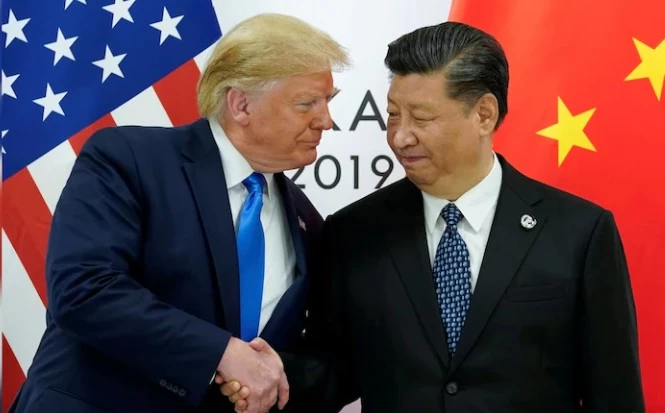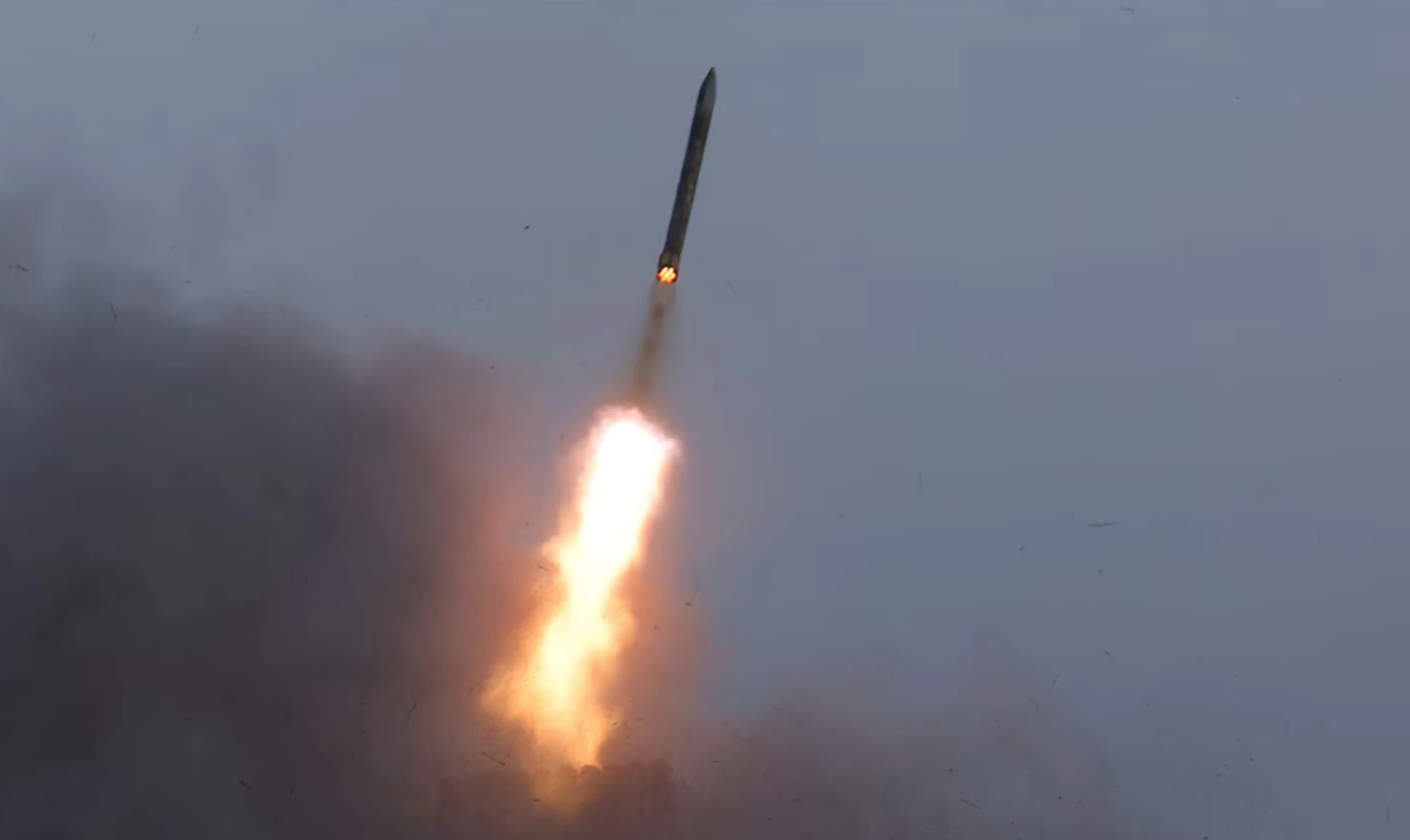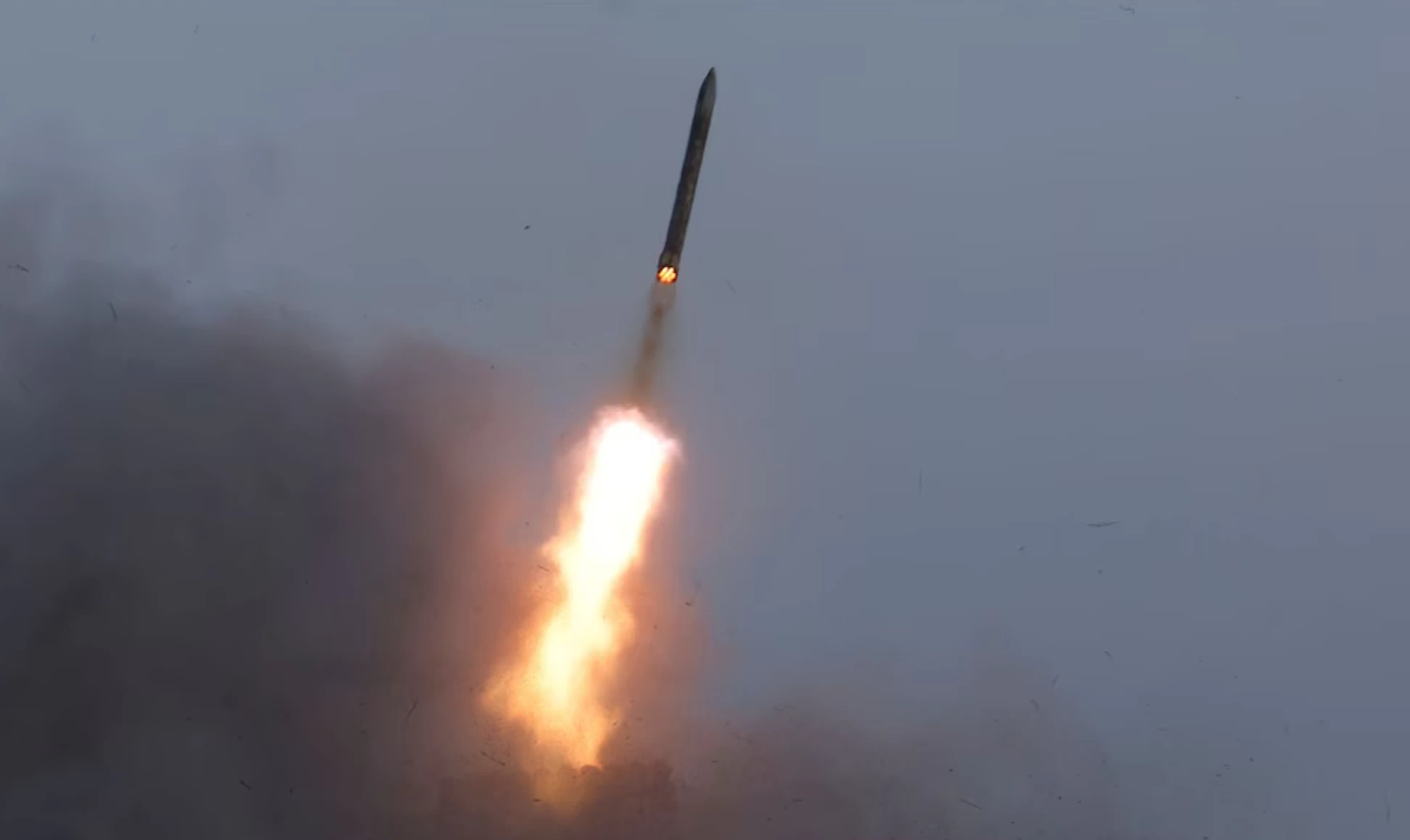Latest Updates
U.S.-China Trade War Escalates as China Imposes 125% Tariff on American Goods

The trade war between the United States and China has reached a new boiling point, with China announcing a steep 125% tariff on U.S. goods starting April 12. This move comes as a direct response to the U.S. increasing its tariffs on Chinese imports to a total of 145%, intensifying a conflict that threatens to disrupt global markets and reshape economic ties between the world’s two largest economies.
The latest escalation began earlier this week when the U.S. raised duties on Chinese products, citing concerns over trade imbalances and national security. President Donald Trump, who has long advocated for aggressive trade policies to protect American industries, excluded China from a 90-day tariff pause granted to other trading partners. Instead, the U.S. tacked on an additional 125% tariff to an existing 20% duty linked to allegations of China’s role in the fentanyl crisis, bringing the total to 145%. China swiftly retaliated, hiking its tariffs on U.S. imports from 84% to 125%, signalling it would match the U.S. move for move.
The tit-for-tat tariff hikes have sent shockwaves through global markets. China’s finance ministry condemned the U.S. tariffs as “unilateral bullying” that violates international trade norms. In a statement, Beijing argued that such high tariffs render U.S. goods uncompetitive in the Chinese market, effectively choking off trade. “There are no winners in a trade war and going against the world will only lead to self-isolation,” Chinese President Xi Jinping remarked during a meeting with Spain’s prime minister, urging global cooperation to counter U.S. policies.
Economists are sounding alarms about the broader implications. The U.S. imported $440 billion in goods from China in 2024, accounting for roughly 13% of its total imports. With tariffs at these levels, trade between the two nations could grind to a halt, accelerating a “decoupling” of their economies. This shift risks higher inflation, disrupted manufacturing, and slower global growth, with ripple effects felt from Europe to Southeast Asia.









